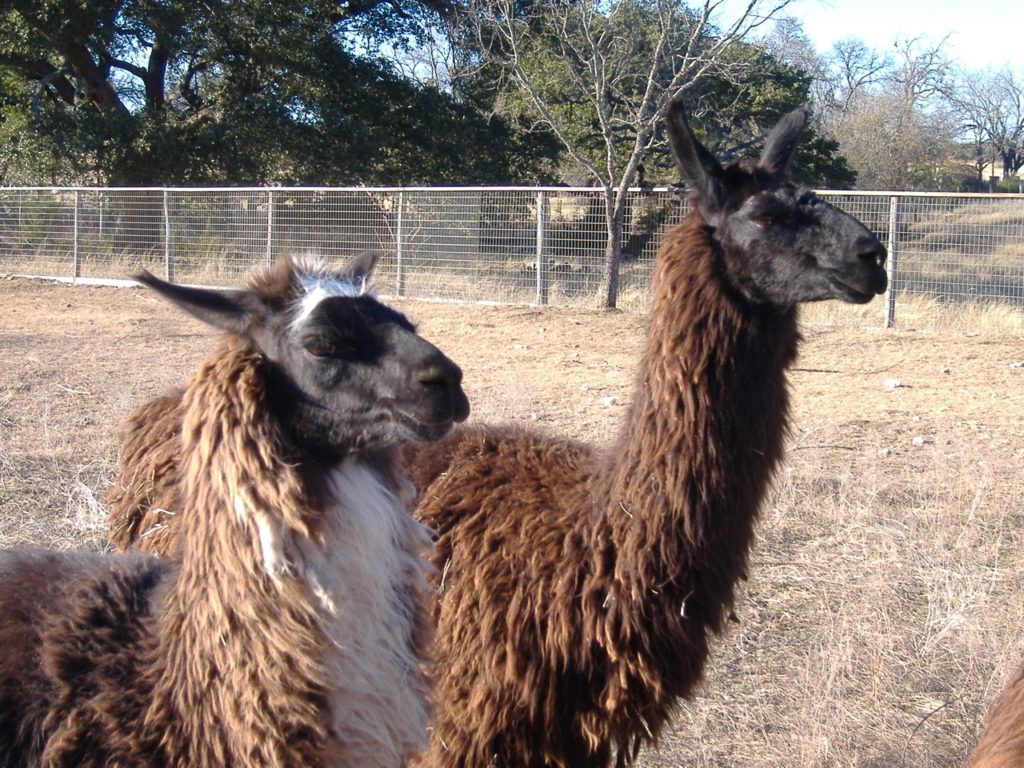
Last year’s flu season was the worst in 40 years. More than 80,000 people died in the U.S. last year from the flu and its complications. Flu vaccines are the best preventative we have, but there are still high mortality rates around the world. Some individuals respond poorly to vaccination, and variations in viruses makes targeting with the optimal antigen very difficult. The World Health Organization estimates that between 290,000 and 650,000 people die from seasonal flu worldwide each year.
Researchers think that they may be onto to a new way to protect from the flu – one that might last longer and be effective against all types of influenza viruses. The source of the new flu defense is, of all things, llamas.
The furry South American animals produce special antibodies that attack a huge range of influenza viruses. Camelids like llamas, alpacas and camels produce small, single-domain antibodies. These smaller antibodies can reach parts of a flu virus that are inaccessible to typical human antibodies. These single-domain antibodies may represent a big breakthrough in getting to a near-universal antibody.
A new study used llama antibodies to target multiple strains of influenza at once. These antibodies can survive without refrigeration for longer, which could reduce the cost and complexity of flu treatment. These so-called multidomain antibodies provide durable and continuous protection from a broad range of influenza strains.
So far, the new approach has only been tested on mice, so there is a long way to go before llama-based flu treatment is available at doctor’s offices. (Nevertheless, researchers are optimistic that this approach could represent a major step towards eliminating a disease that afflicts between 5 and 25% of the U.S. population each year).
**********
Web Links
How llamas could help us fight the flu
Photo, posted December 30, 2007, courtesy of Alex McChesney via Flickr.
‘Llamas and the Flu’ from Earth Wise is a production of WAMC Northeast Public Radio.
Leave a Reply